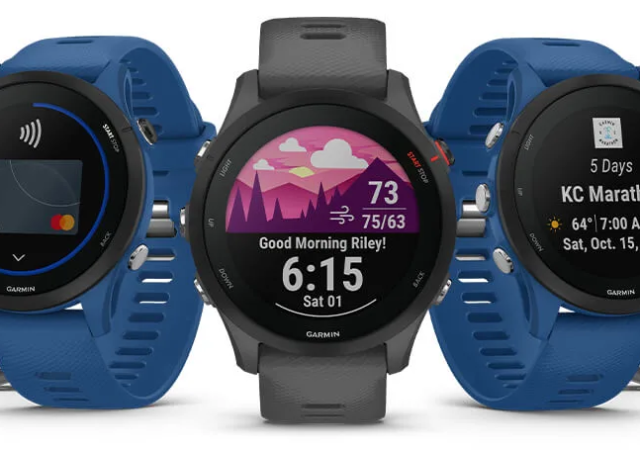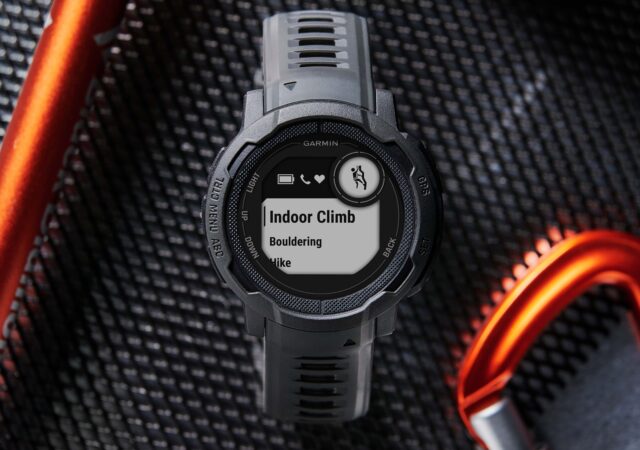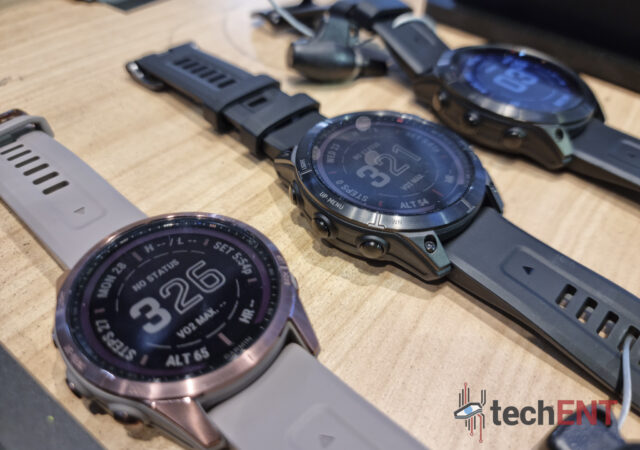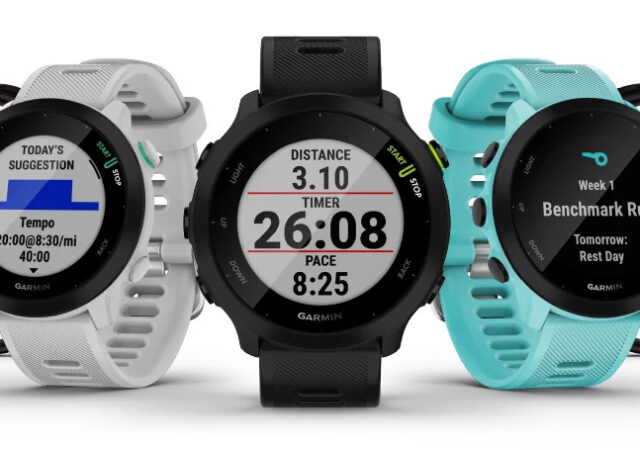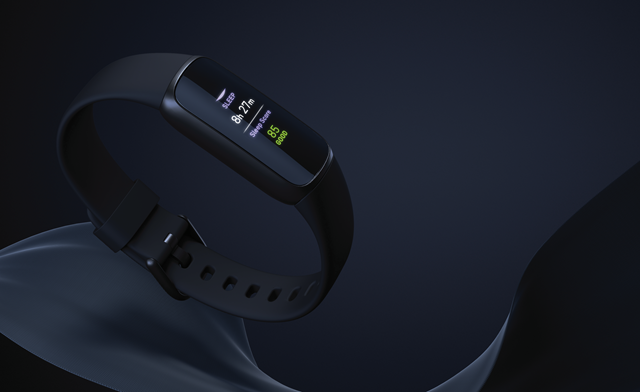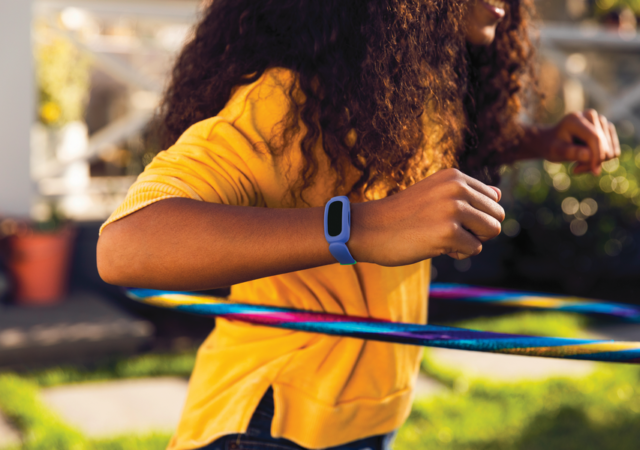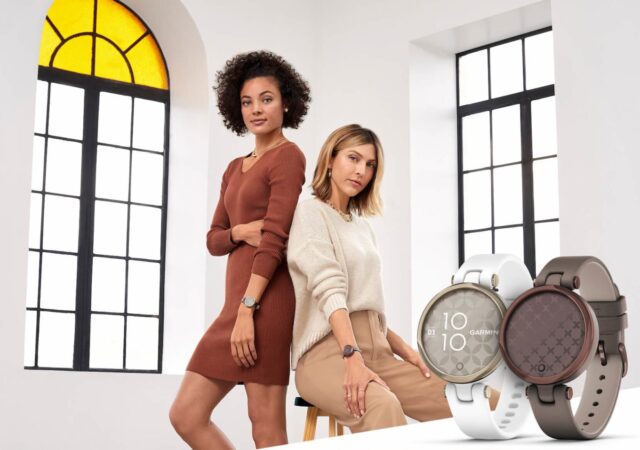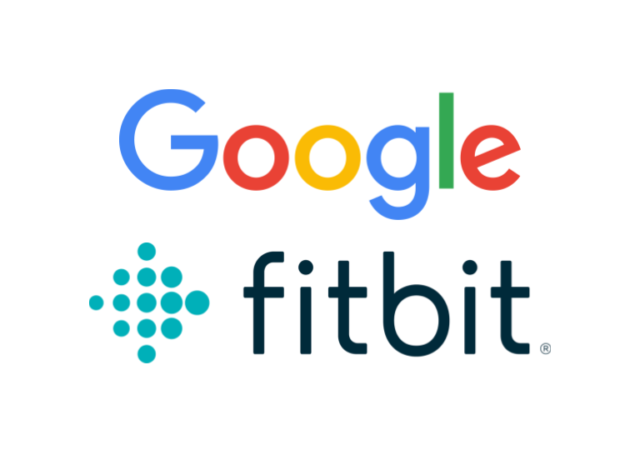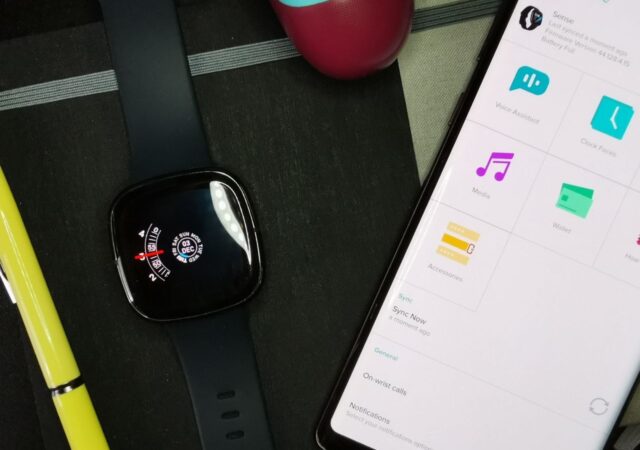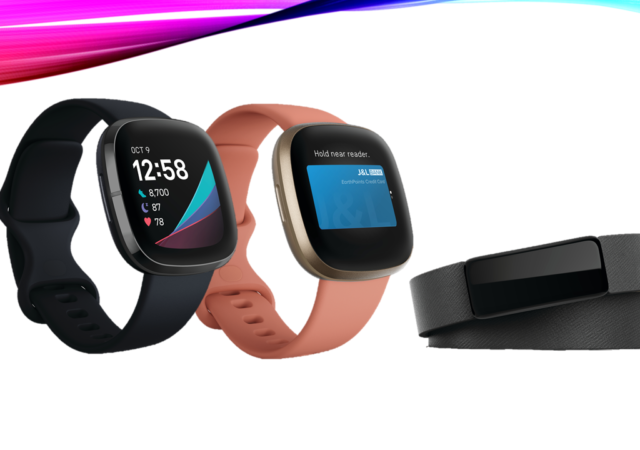Garmin announces their latest running tracker, the Forerunner 255. The new Forerunner is a succesor to the wildly popular Forerunner 245.
The Garmin Instinct 2 is now officially in Malaysia, Now with Solar Charging for MYR 1,630 Onward
Garmin launches the Instinct 2 series in Malaysia with three new function focused editions with different functions at MYR 1,630 onward.
Garmin Launches Their Latest Flagship fēnix 7 and epix Premium Smartwatches in Malaysia
Garmin launches two new premium outdoor sports smartwatches in Malaysia. The fēnix 7 series packs better battery life and built-in flashlight
Garmin Launches the Forerunner 55 in Malaysia for MYR 960
Garmin launches the Forerunner 55 in Malaysia. The new fitness tracker for runners with 5 ATM water resistance retails for MYR 960.
Fitbit Unleashes A Fashionable Tracker with the Fitbit Luxe
Fitbit has always been a company that has focused on being functional wearable; putting fitness and health tracking before form and style. However, with the new Fitbit Luxe, they’re turning that approach on its head. The Fitbit Luxe takes a…
Fitbit Ace 3 – Upgraded Smart Watch With Fitness Features for Kids
The latest Fitbit Ace 3 is a fitness tracker design for kids to develop healthy habits through their daily goals, it is also a sleep time reminder for kids to ensure kids have enough sleeping time based on their age.
Garmin Announces the Garmin Lily, A Smartwatch for Women
Garmin announces its first smartwatch for women, the Garmin Lily, complete with all the features you want in a smartwatch.
It’s Official; Fitbit is now Google’s. What Does This mean?
Fitbit is now officially acquired by Google. The acquisition is part of Google’s bid to complete its manufacturing capabilties.
The Fitbit Sense In-Depth Review – The Shinier Versa
The Fitbit Sense was introduced together with the Fitbit Versa 3 with new functions and design. Is it any good for MYR 1,498?
Fitbit Unleashes the Sense, Versa 3 and Inspire 2 in Malaysia
Fitbit releases three new wearables in Malaysia ushering a new generation of fitness centric wearables imbued with features to empower fitness.



